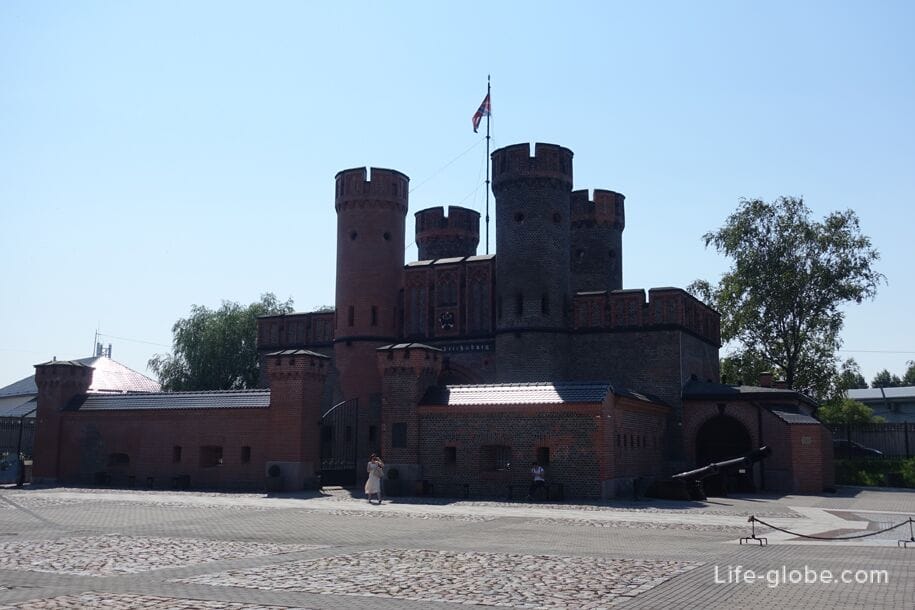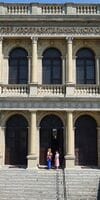The Museum of Fine Arts in Kaliningrad is one of the youngest museums in Russia and the only universal museum of national and foreign fine arts in the region.
The Kaliningrad Museum of Fine Arts is located in the former Konigsberg Stock Exchange (Königsberger Börse).
Currently, the exchange building itself is one of the main attractions of Kaliningrad, and the museum located within the walls of the exchange, which moved into the building only in 2018, has become a great addition, and, together with the former exchange, forms a single ensemble, which can be enjoyed not only externally, but also internally, by visiting the halls of the museum.
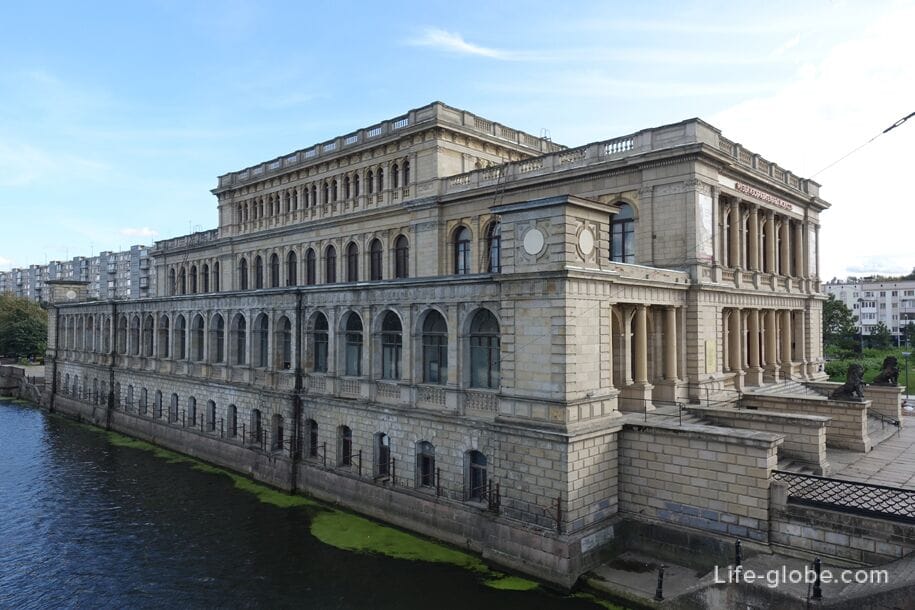
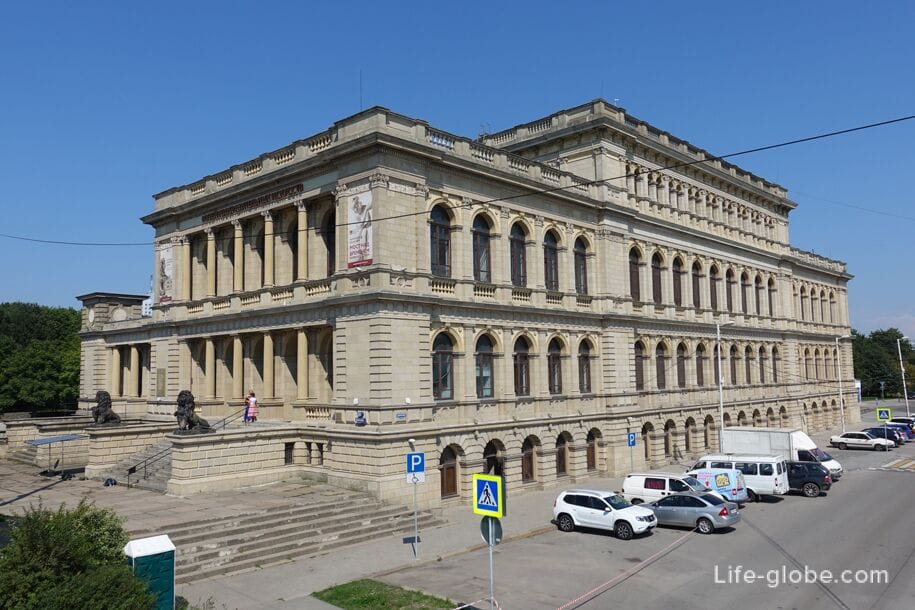
Now the museum is actively developing, implementing many cultural and educational projects, including international ones.
One of the halls of the museum is dedicated to the history of the stock exchange. You can get acquainted with the history of the Konigsberg Stock Exchange by visiting the Museum of Fine Arts tour "Legends of Stone Lions: the history of the exchange building of the XIX century".
During the tour, you will get acquainted with the history of the Konigsberg Stock Exchange: the stages of construction, the interiors of the pre-war building and the fate in the post-war years. Also during the tour, there will be an opportunity to visually find out what state the exchange was in after the Second World War, and compare it with what we see now, assessing the full scale of the restoration work carried out.
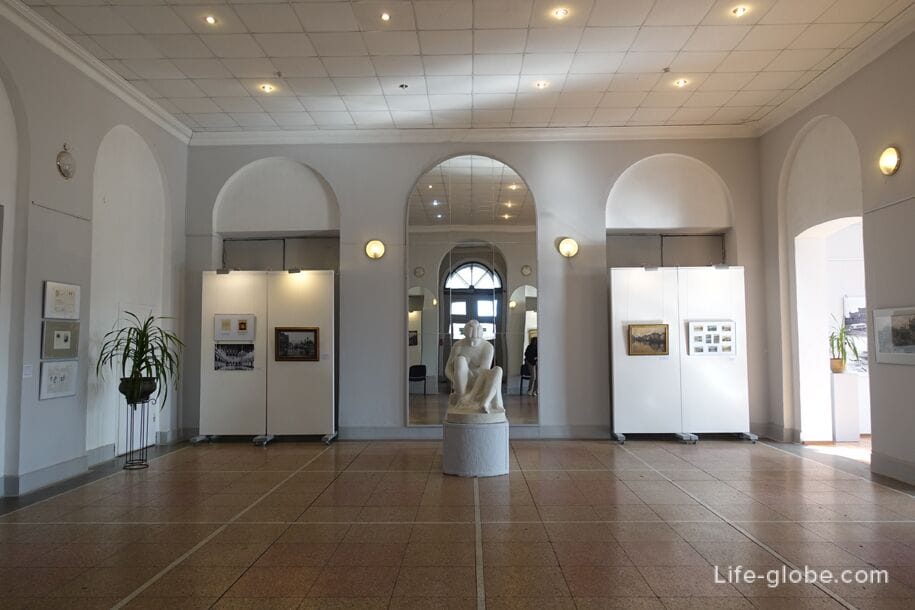

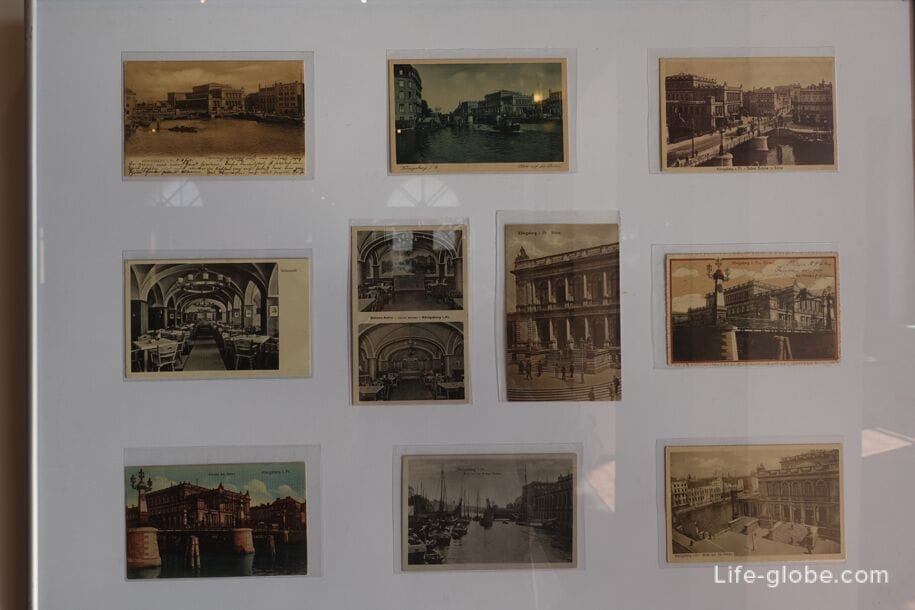
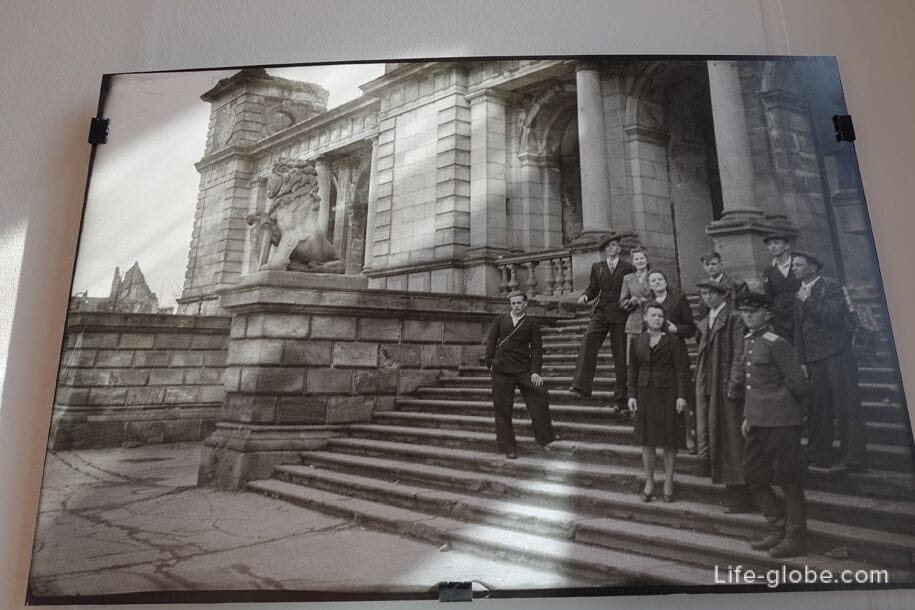
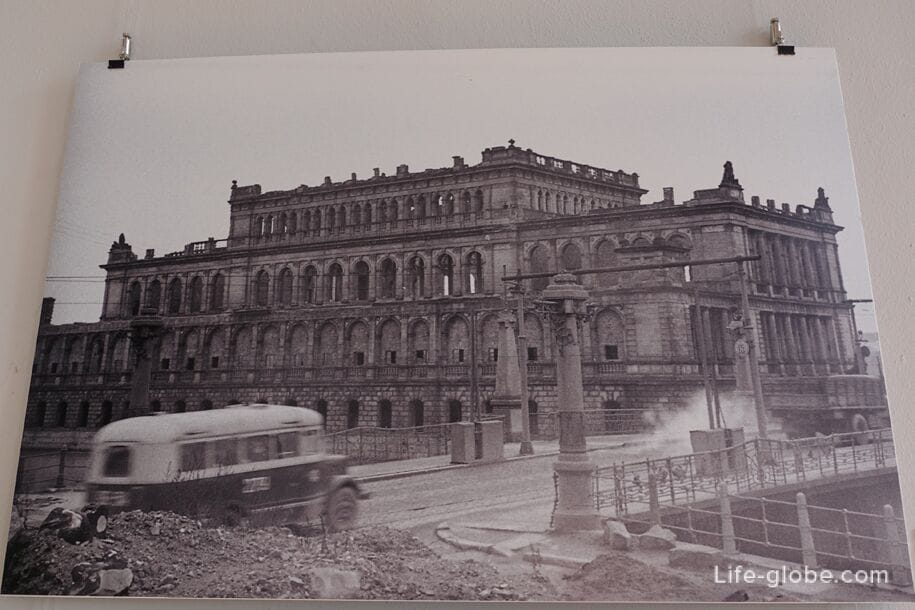
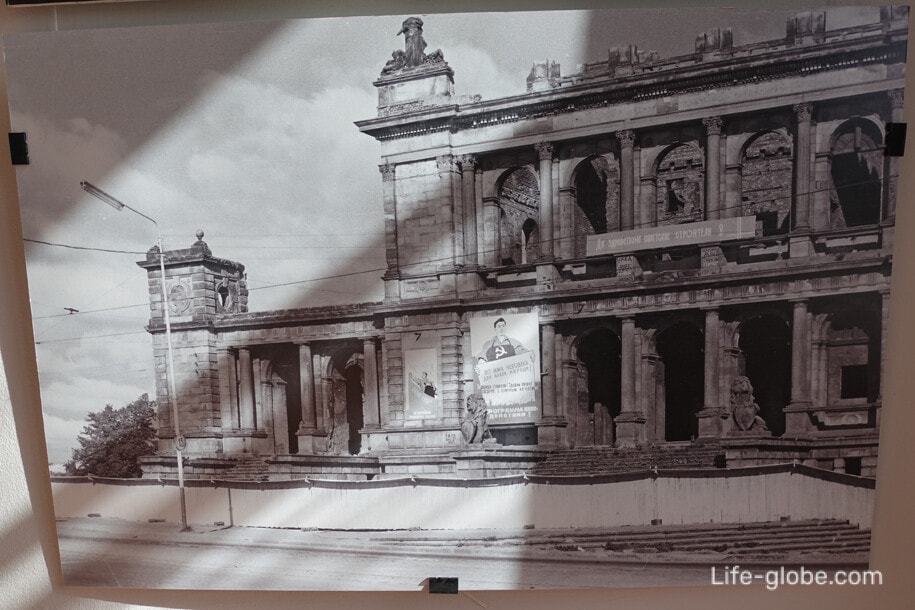
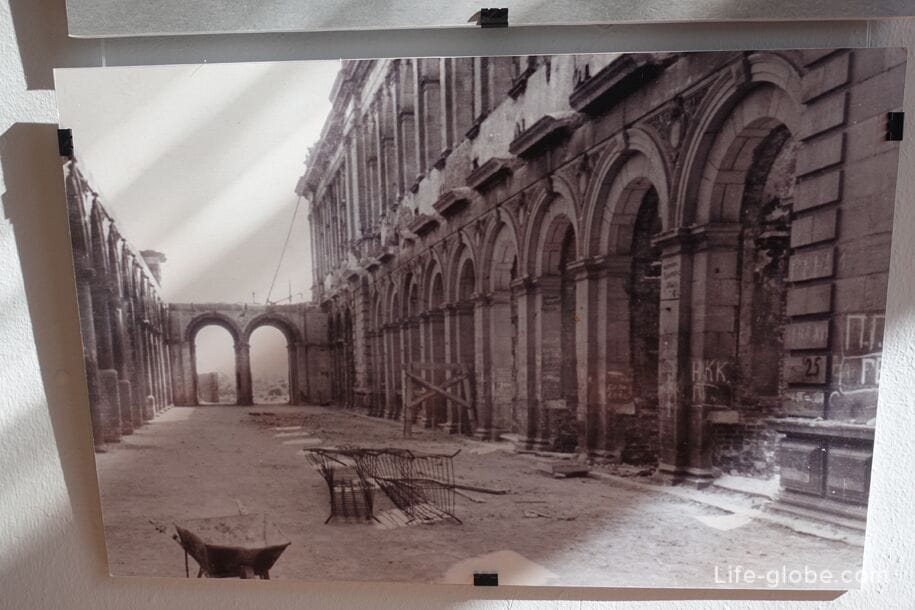
Fragment of the Forstadt. The project "Global layout of the Koenigsberg Center" in the 1970s.
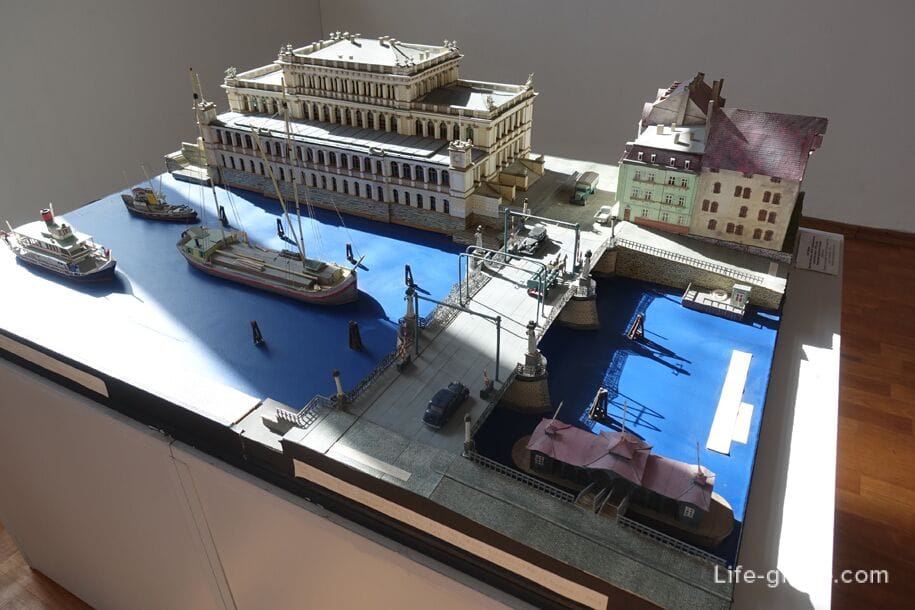
Competitive designs of the Konigsberg Stock Exchange building, 1869.
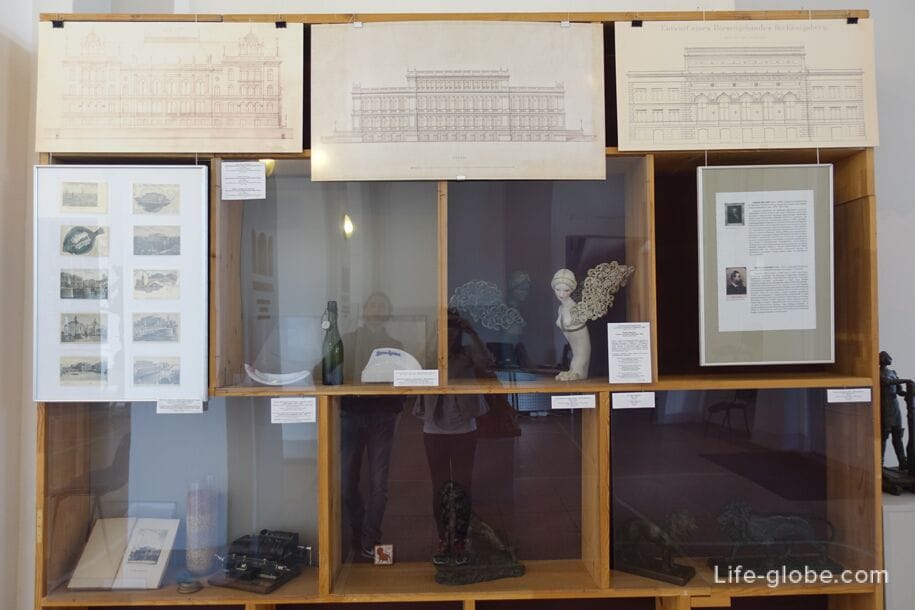
A beer bottle of the company "Juliusnaser" and fragments of plates from restaurants, the beginning of the 20th century.

Book: Merchants' Corporation and Konigsberg Chamber of Commerce, 1823-1923.

The exchange building was built in the heart of pre-war Konigsberg, on the banks of the Pregel River, in 1870-1875, according to the project of the famous German architect G. Muller. This was not the first building of the exchange, until the construction of the monumental structure, on the opposite bank of the river at different times there were two more small exchanges, as well as a floating exchange located on a boat.
Part of the exchange building was on land, while the other was on water. There is a version that transactions concluded in an exchange located on the water were not taxed.
After making large transactions, the parties involved in the transaction had to mark the successful conclusion of the "contract" somewhere, so there was a restaurant on the first floor of the exchange building, with windows facing directly onto the river, thereby creating an appropriate atmosphere. The fact is that entering the exchange buildings, through the main entrance, we get to the second floor, whereas the first floor is located on a level below, which also produced and still produces an effect.
Photo of the interior of the restaurant in the exchange building (pre-war period)
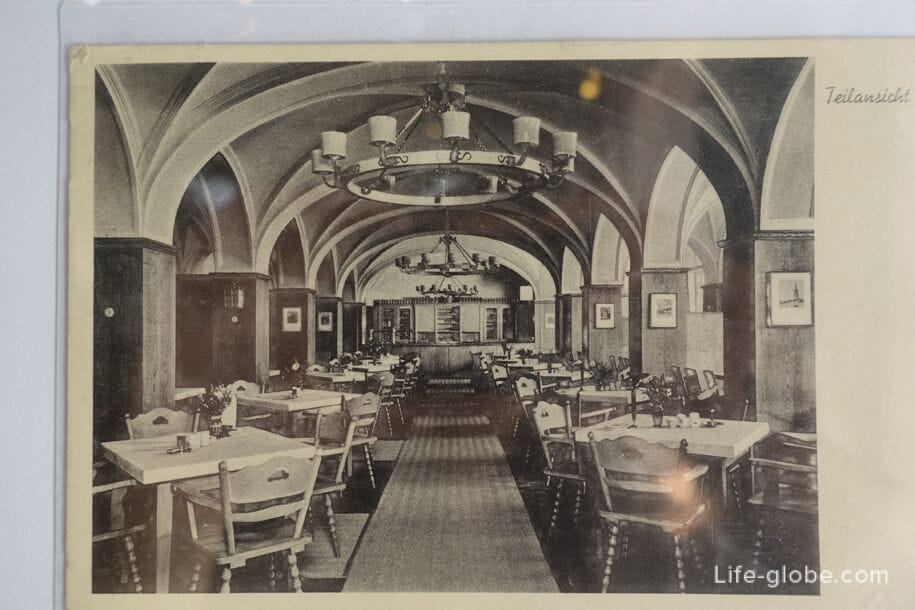
Photo of the main hall of the exchange intended for exchange trading (pre-war period)
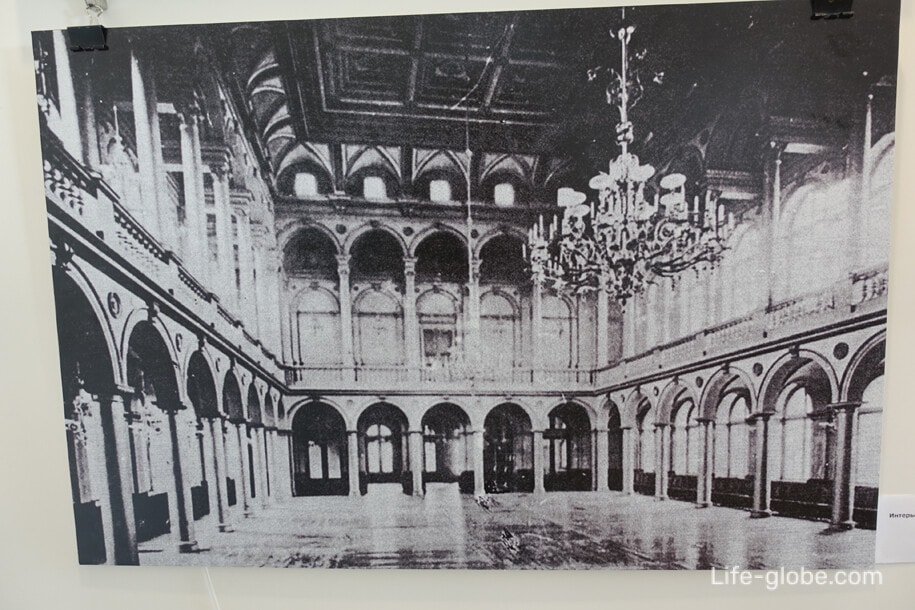
In addition to the direct purpose of the auction, which, as usual, took place before 14:00 hours, exhibitions and concerts were organized in the exchange building. This is confirmed by a postcard issued on the occasion of the carnival at the Konigsberg Stock Exchange. The event was an annual event and was held on the first Sunday of February, simultaneously with the Carnival in Venice. The postcard can be seen in the Museum of Fine Arts.
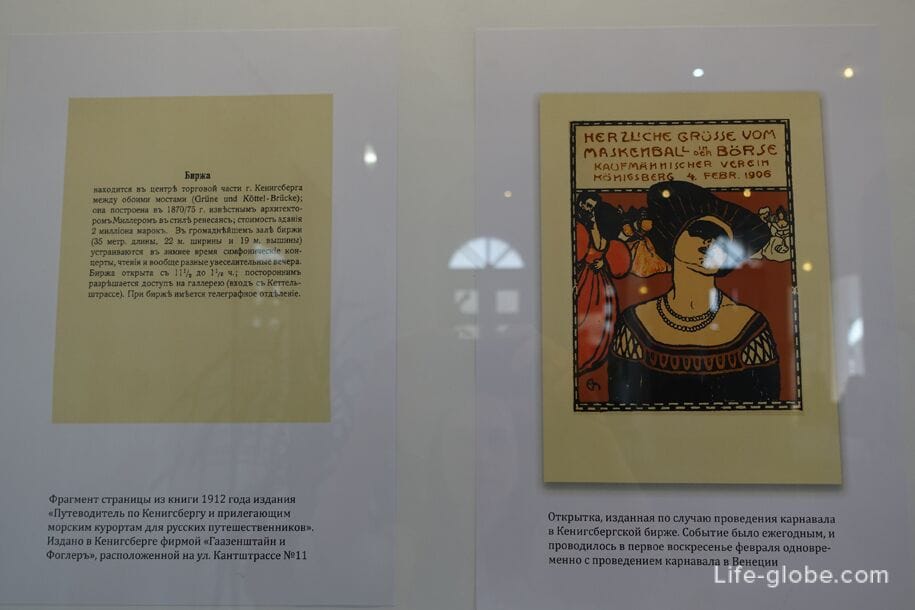
Catalog pages of exhibitions held at the Konigsberg Stock Exchange in the early 20th century. You can see it in the museum.
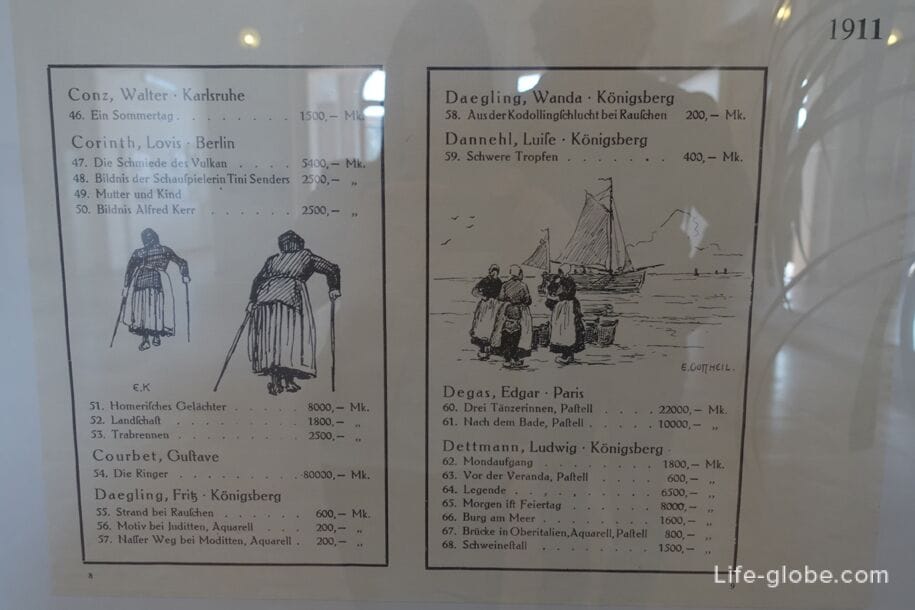
Previously, a low bridge led to the exchange building from Kneiphof Island (now Kant Island), as a result of which the majestic building produced the effect of overhanging the water and therefore this place was called "our little Venice".
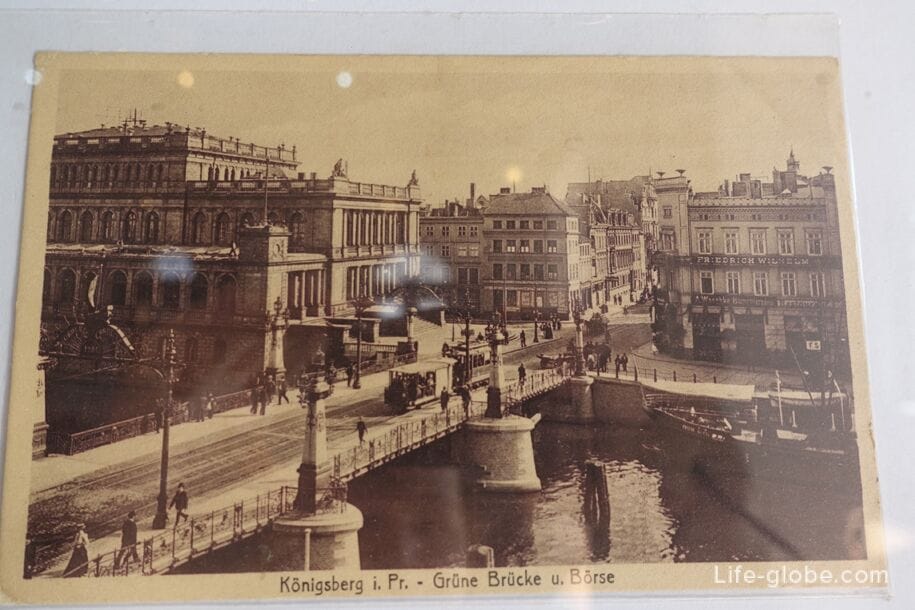
At the same time, the bridge has been lost and an overpass bridge has been built in its place, passing already a level higher, from which the exchange building does not create the same effect.
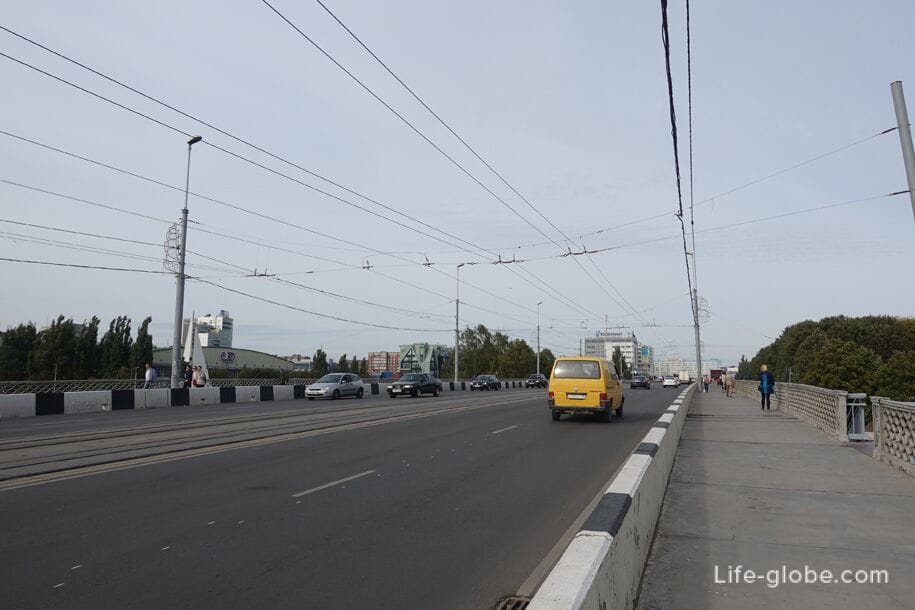
The exchange building is made in the style of Italian Neo-Renaissance with elements of classicism and is an architectural gem of Kaliningrad and the region.
In August 1944, during the aerial bombing of the city, the Konigsberg Stock Exchange was damaged - all the wooden structures of the building burned out.
In the late 1950s, a project was created to accommodate the Museum of Local Lore in the building. However, the project was never implemented.
In 1960, it was decided to assign the building the status of an architectural monument of national significance. At the same time, the exchange building more than once became a backdrop for films about the war, which were filmed on the territory of Kaliningrad, which was still in ruins at that time.
The reconstruction of the exchange building was started only in 1967. The exterior of the building was preserved, while the interiors underwent alterations. After the reconstruction was completed, in 1973 the Palace of Culture of Sailors was opened in the building. Until 2018, the Regional Youth Culture Center was located.
The sculptures of two lions that can be seen on the main staircase are original, they were called shield-bearing lions or shield-bearing lions. The name comes from the fact that each lion holds a shield in its front paws. Earlier, coats of arms were depicted on the shields, but in the Soviet period the coats of arms were erased. Also, lions currently lack teeth, however, according to historians, this was not always the case, initially the sculptures had fangs, which were eventually lost.
Photo of sculptures of lions, the coat of arms is visible on the shields (pre-war period)

Photos of sculptures of lions at the present time
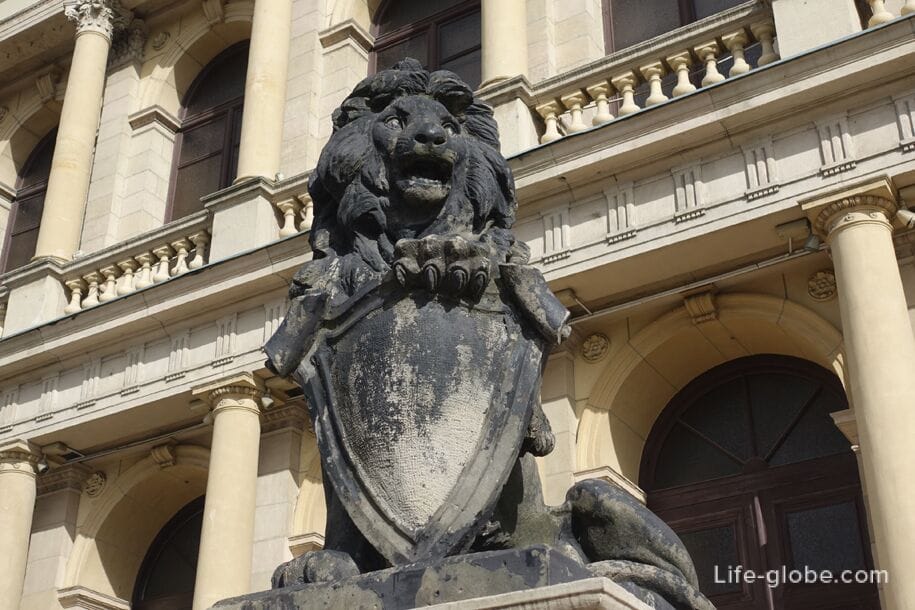
The front (main) entrance to the Kaliningrad Museum of Fine Arts
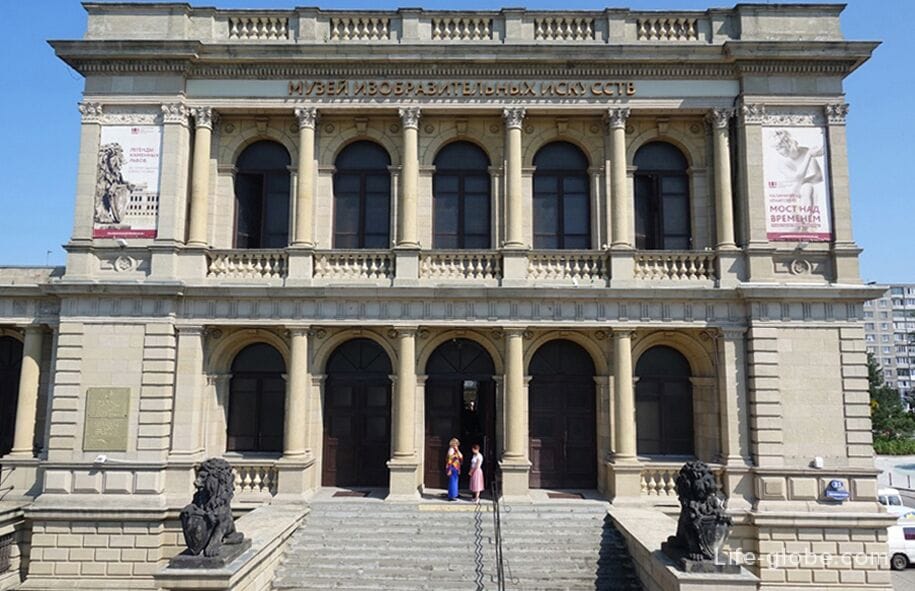
In addition to the sculptures of shield-bearing lions, the exchange building was decorated with four statues-symbols of parts of the world, located at the corners of the roof (now lost).
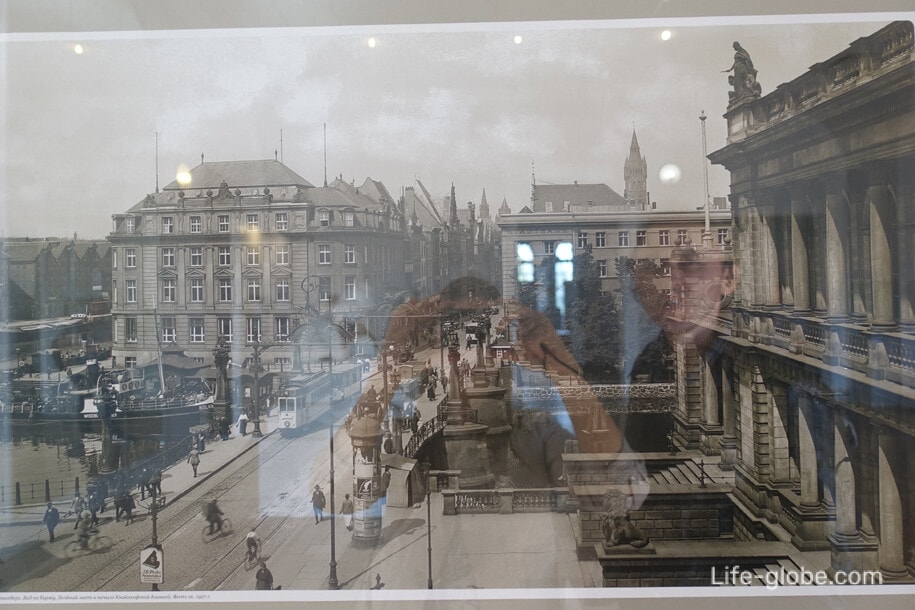
In addition to the hall telling about the history of the stock exchange, the Kaliningrad Museum of Fine Arts also has other halls, some of which are reserved for permanent exhibitions from the museum's funds, while the other is intended for temporary (mobile) exhibitions of various kinds.
The permanent exhibition is called "Kaliningrad-Koenigsberg: a Bridge over Time", including:
- paintings and photographs telling about the history of Konigsberg - Kaliningrad and the region,
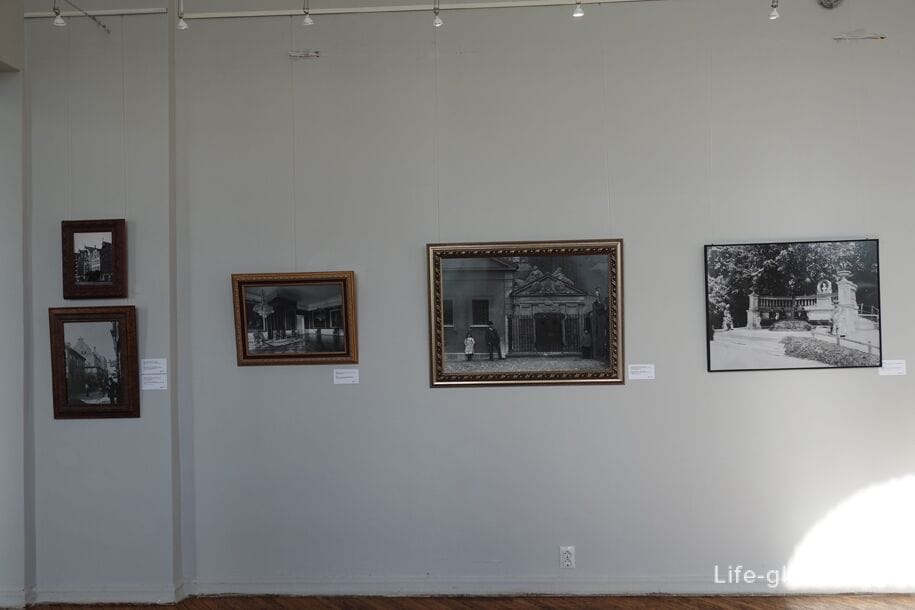

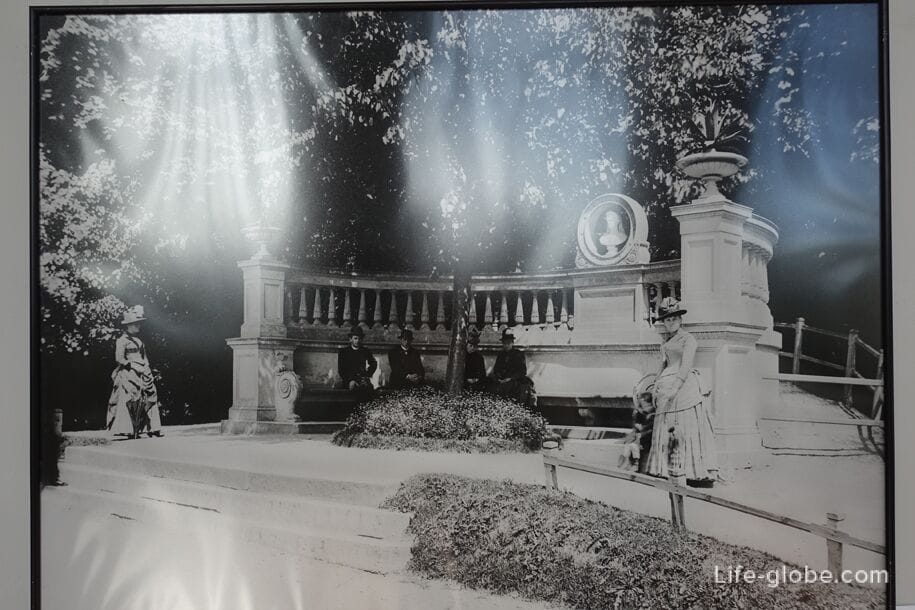
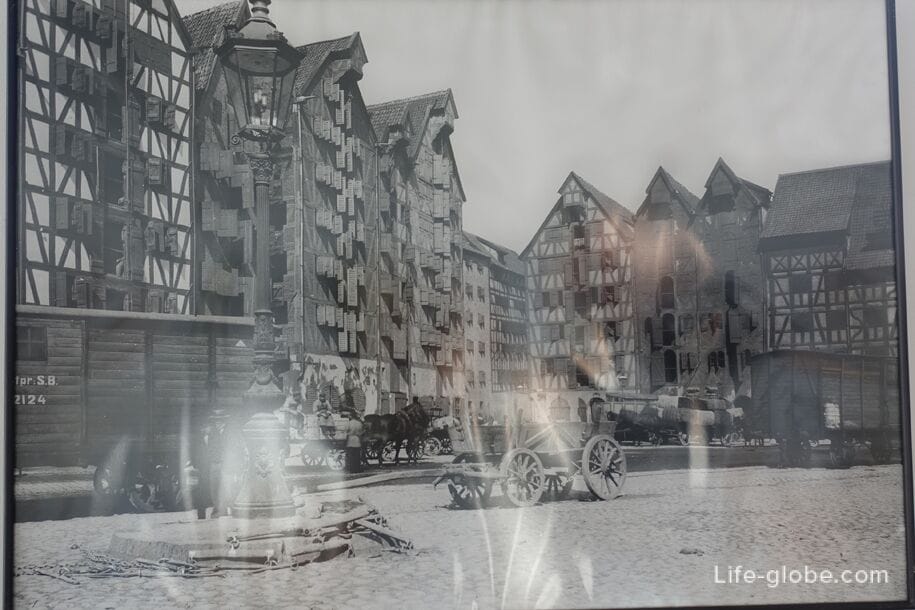
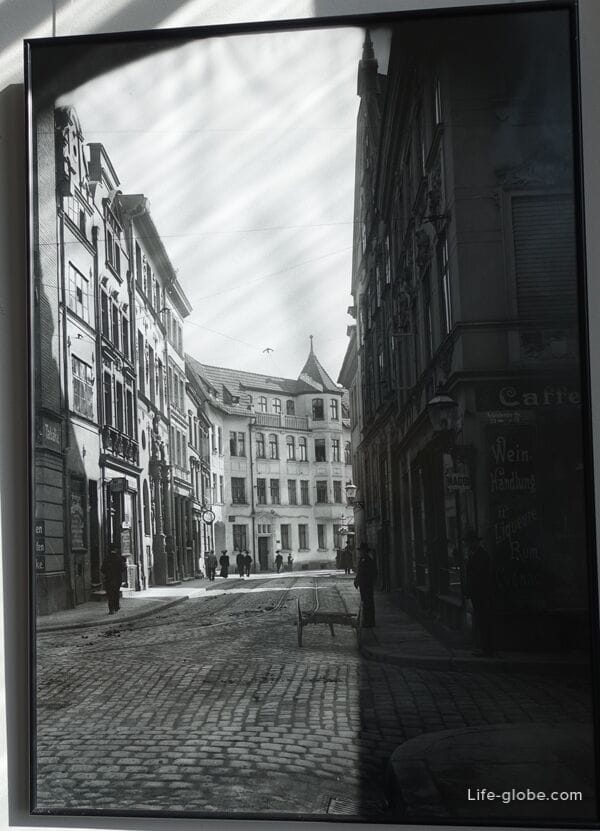
- the very first view of Konigsberg in color, 1557, epitaph to Johann von Nimitz by Heinrich Konigswizer;
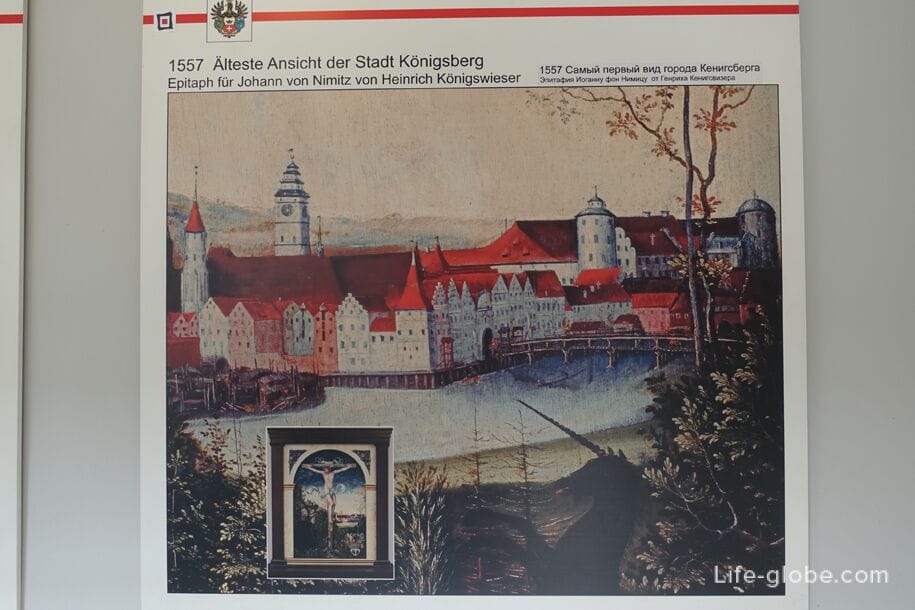
- The Cathedral in Konigsberg. Nane is fully restored and operates as a multifunctional cultural center;
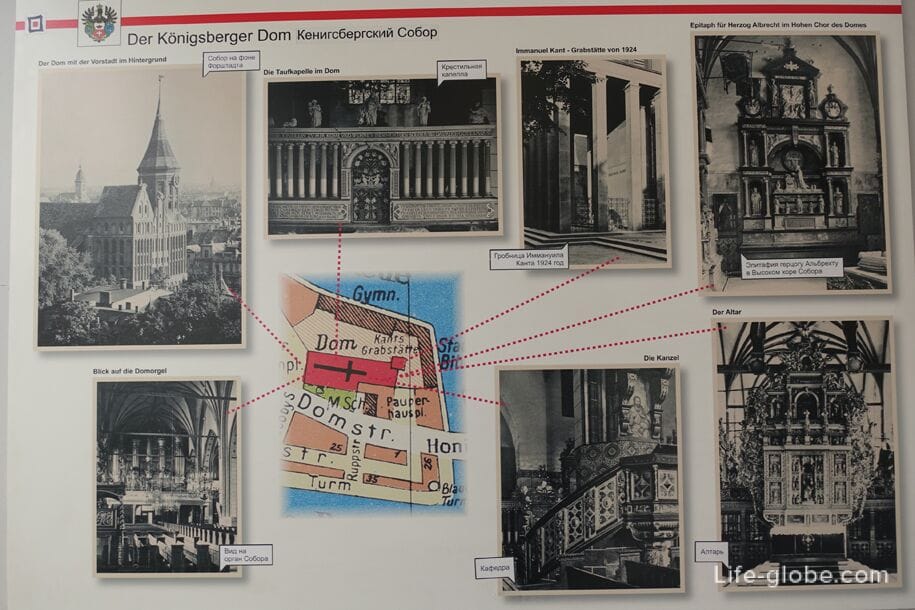
- The Royal Castle, of which only a small part of the ruins have remained to date;
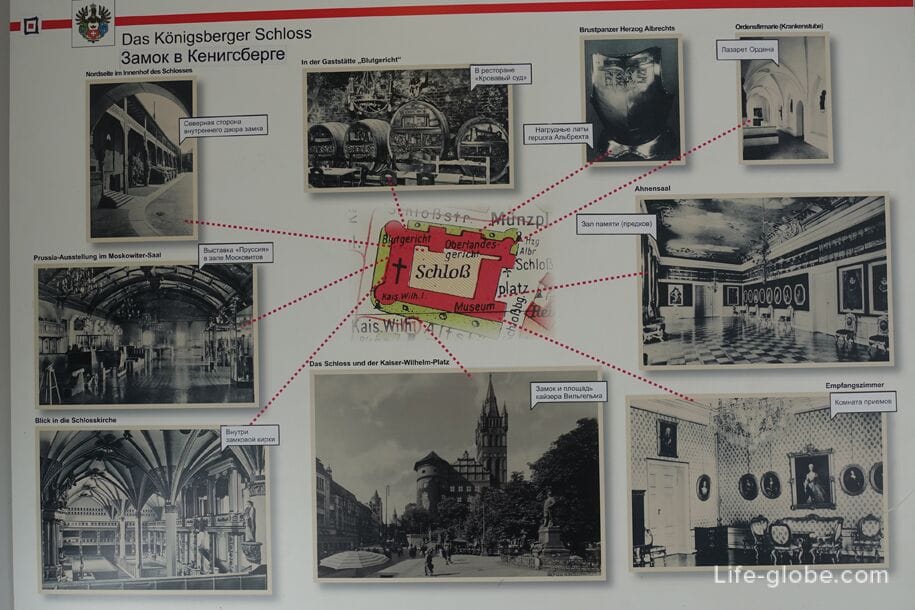

- Kaliningrad in the post - war period of 1950 - 1960 .;


- history of Kaliningrad of the Soviet period;
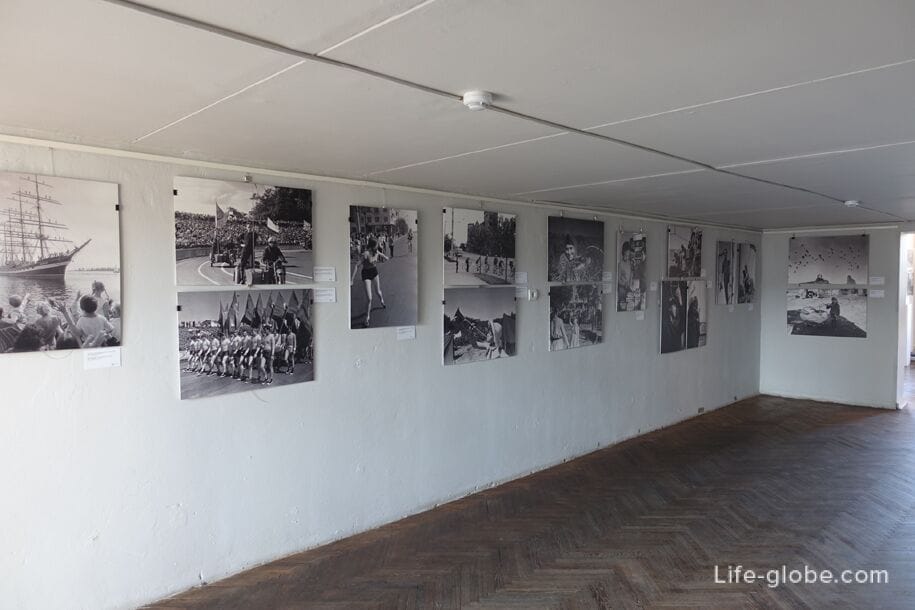
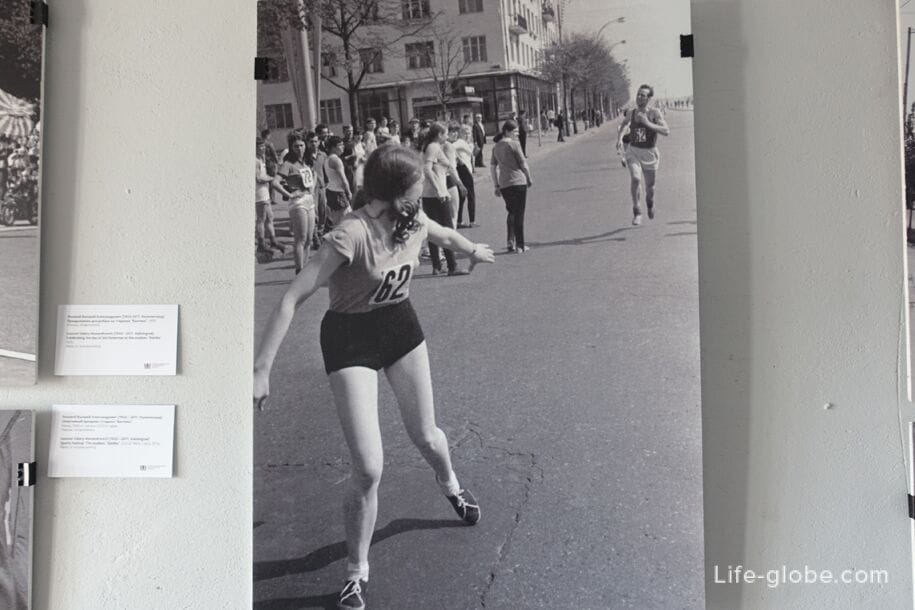
- celebration of the Fisherman's Day at the Baltika Stadium in 1970;
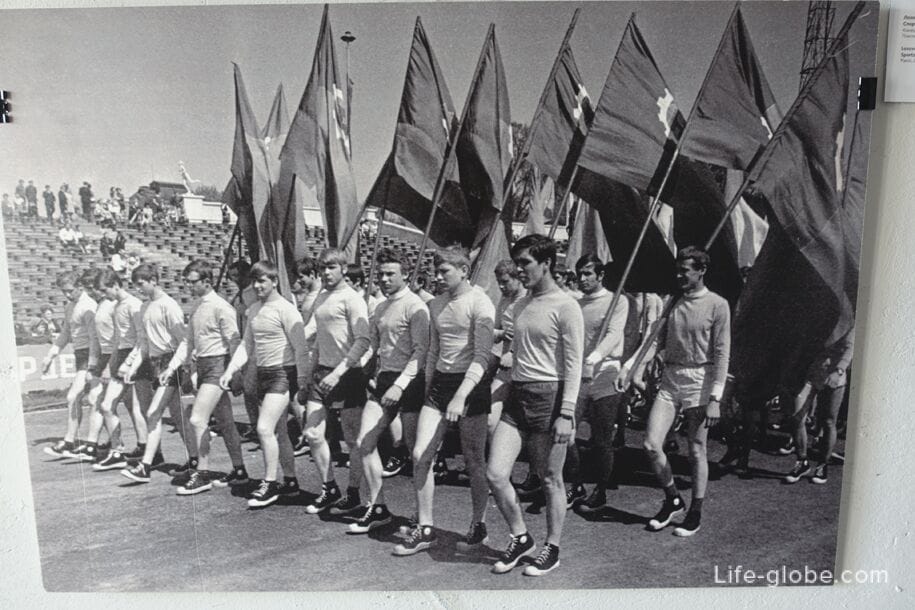

- sculpture "Girl with amber" 1964;

- sculpture by Immanuel Kant 1979;

Other photos of the permanent exhibition at the Museum of Fine Arts, Kaliningrad
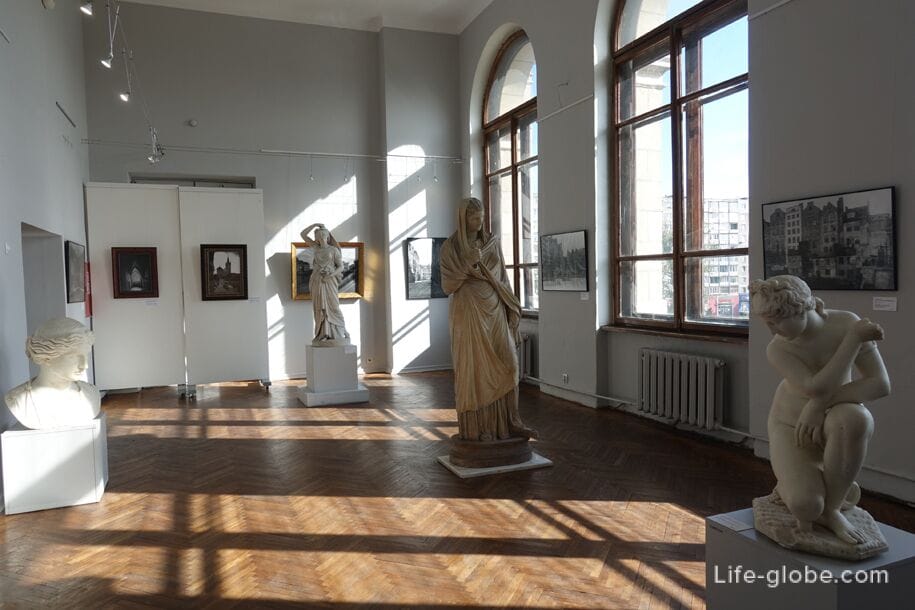
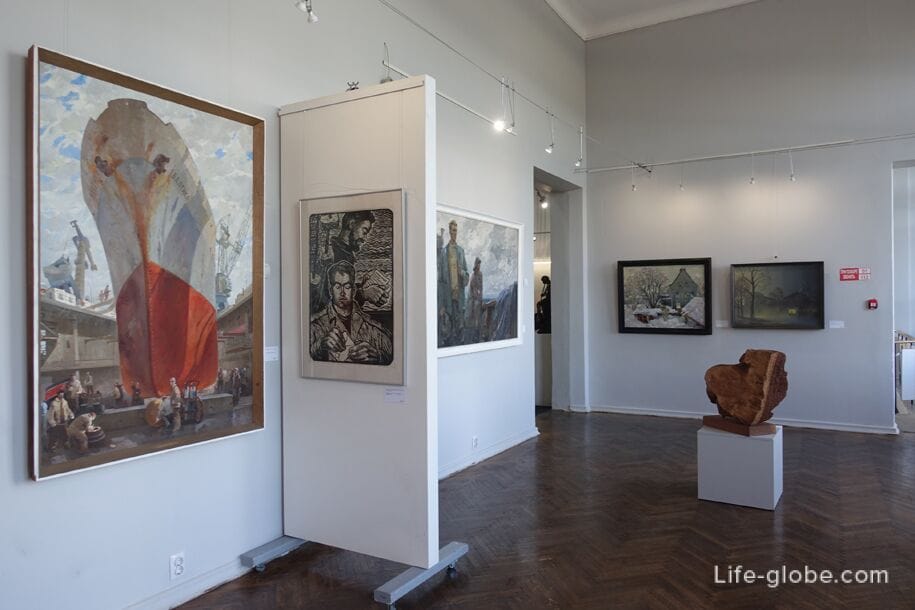

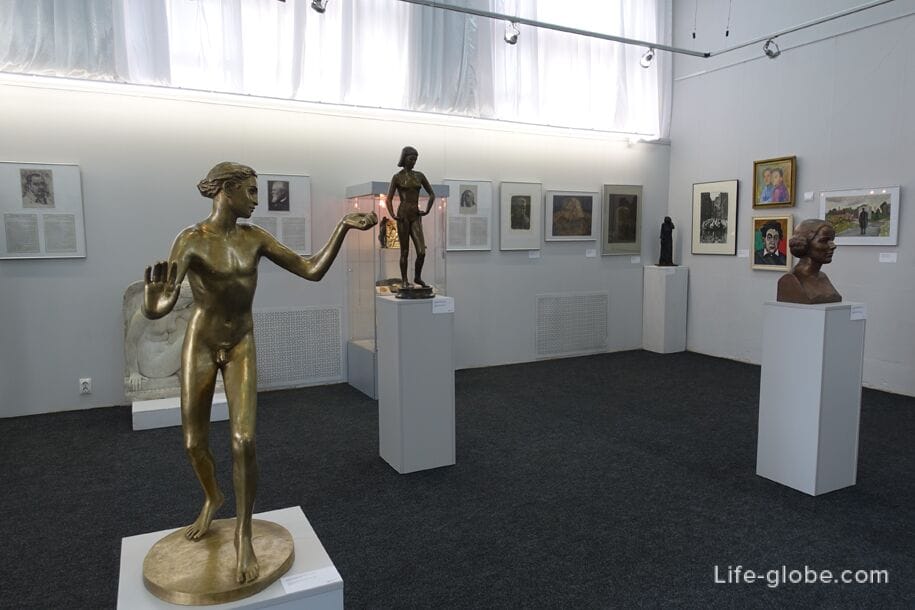
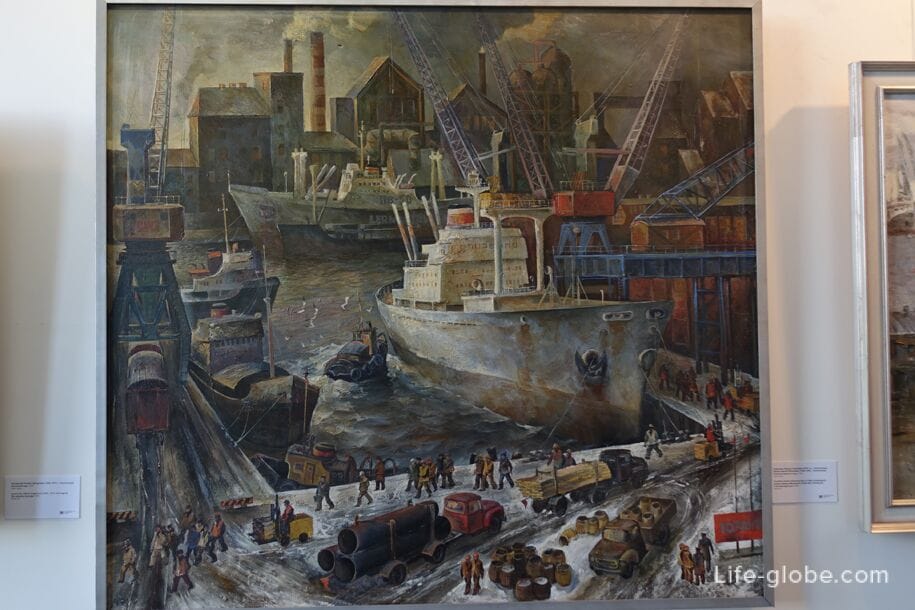

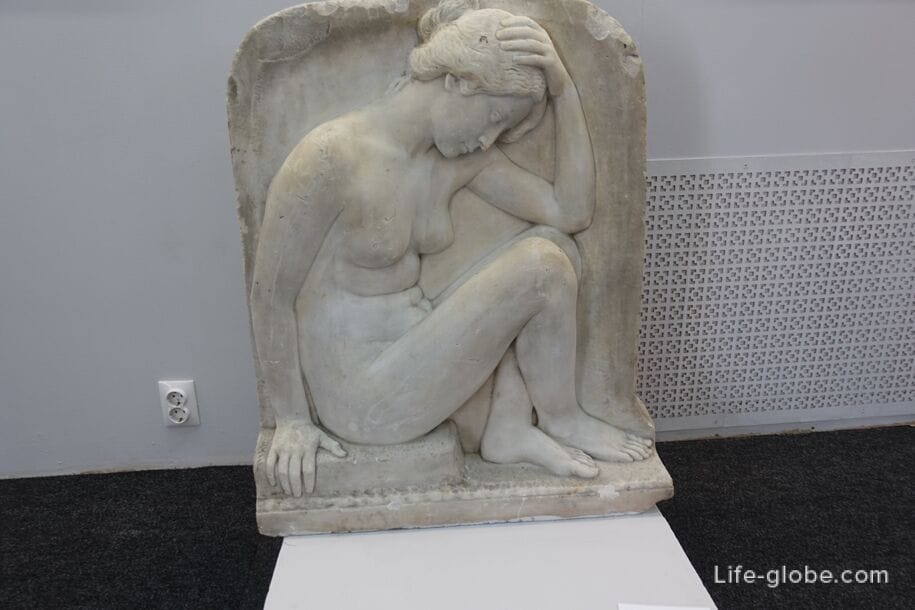
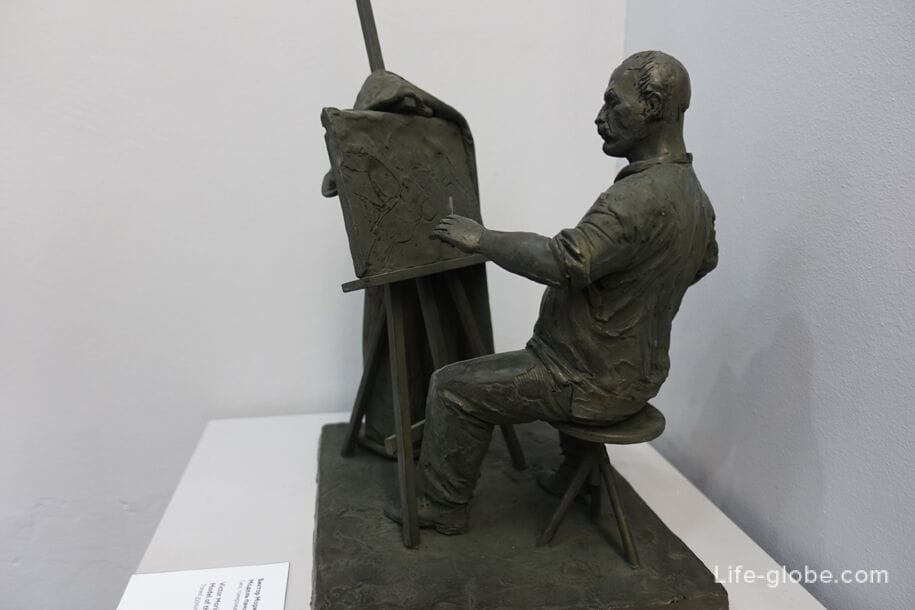
After visiting the museum, we had a favorite painting - Winter in Konigsberg. View of the Pregolsky arch on Kneiphof Island and part of the facade of the Cathedral, 1930.

Practical information
The address of the Museum of Fine Arts in Kaliningrad: the building is located on the bank of the Pregoli River next to the Overpass Bridge, at the address: Leninsky Prospekt, 83, Kaliningrad.
Exhibitions and excursions in the museum: you can find out the cost, as well as the schedule of exhibitions, excursions and other events held in the museum, both at the ticket office located directly in the museum and on the official website.
Official website of the Museum of Fine Arts in Kaliningrad: kaliningradartmuseum
Near the Museum of Fine Arts in Kaliningrad
Kant Island, where there are: the Cathedral, Honey Bridge connecting the island with the Fishing Village, Kant's grave and sculpture Park.
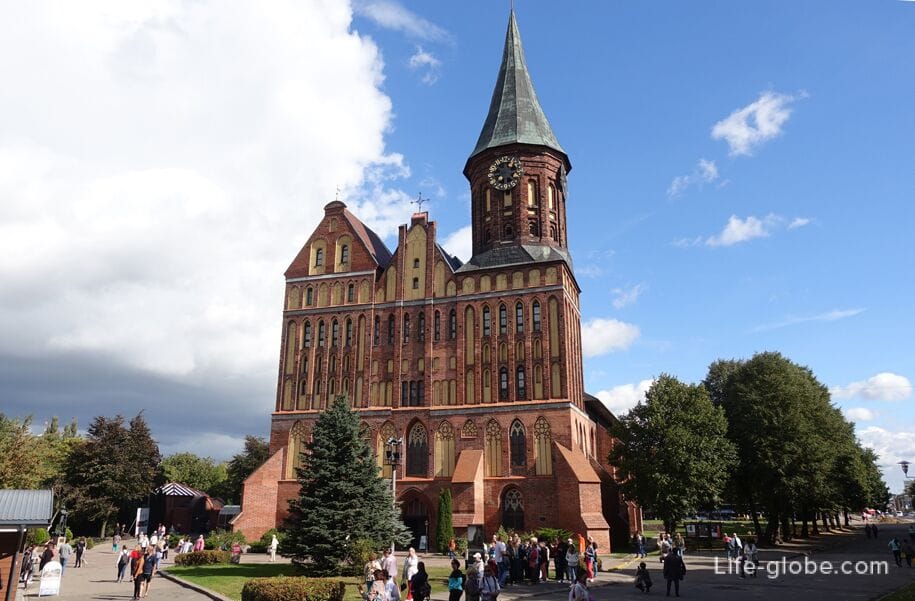
The Fish Village is an ethnographic and trade and craft complex, currently one of the most visited places in Kaliningrad.
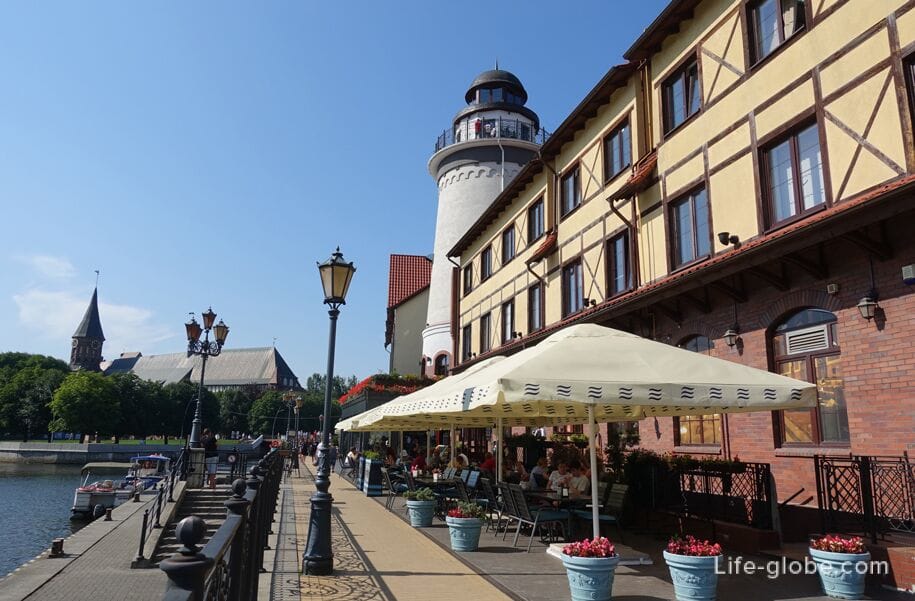
The lower lake is a favorite place for walking and recreation among locals and visitors of the city.
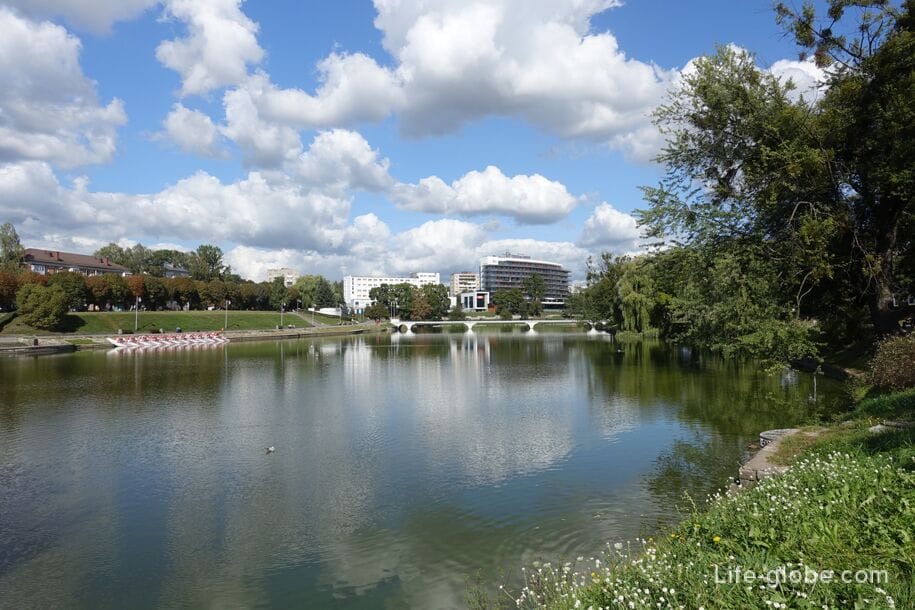
The Museum of the World Ocean is Russia's first comprehensive marine museum and the largest museum in the Kaliningrad Region.

The historical and cultural center "Ship Resurrection", located in the restored premises of the Friedrichsburg Gate and on the adjacent territory.
